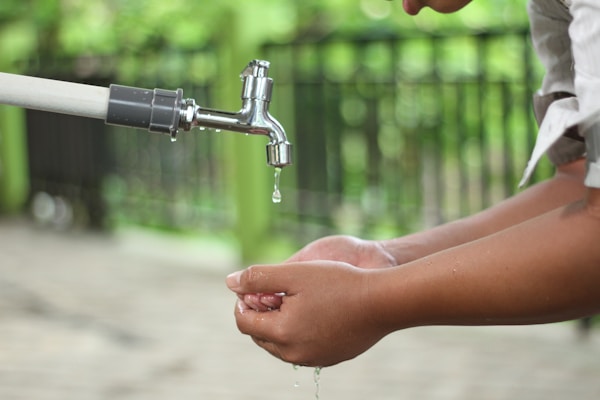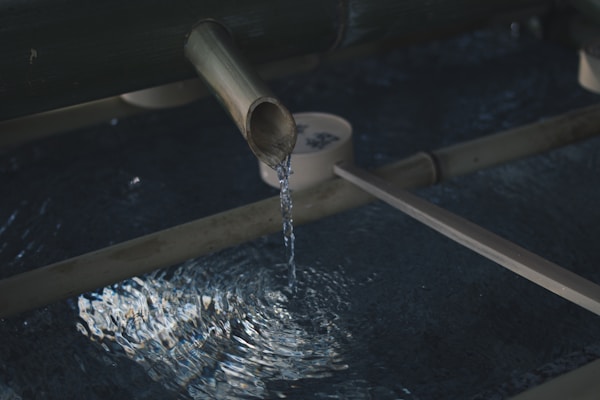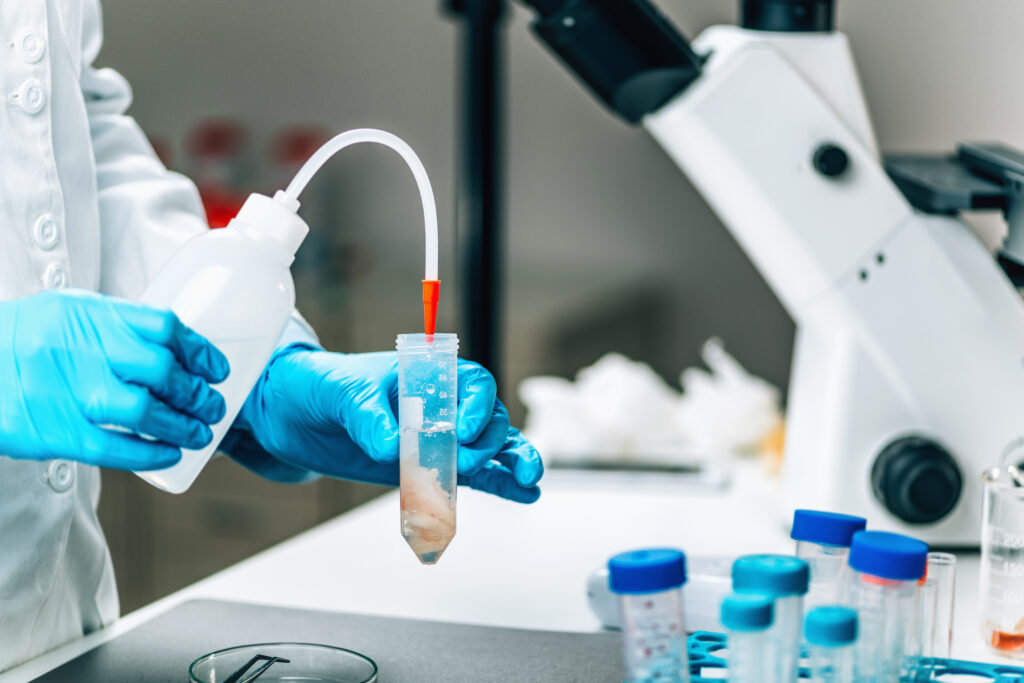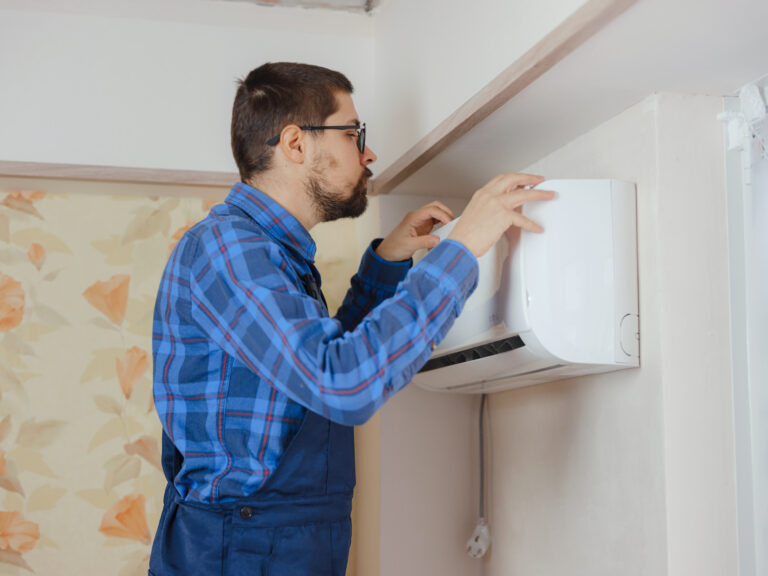Water is essential for human life, yet 3.5 billion people—more than half of the world’s population—lack access to clean, safe water. Unsafe water and inadequate sanitation are linked to diarrheal diseases, which are the second leading cause of death in children younger than 5 years old. In fact, diarrheal diseases kill more children each year than AIDS, malaria, and measles combined.
There are many possible explanations for this correlation, but the most likely cause is that poor water quality can lead to exposure to harmful toxins and chemicals. These toxins can cause developmental problems in children, and can even lead to neurological disorders.
Children are especially vulnerable to the health hazards posed by drinking unclean water, as their immune systems are still developing and they are more likely to contract water-borne parasites and bacteria. While solutions like pediatric rehabilitation exist to care for children who face developmental delays or disabilities caused by poor quality water, it‘s best to take some extra precautions to make sure they are getting the cleanest water possible from day one. This may include getting a water filter for your home, using bottled water for drinking and cooking, or bringing water from a safe source to use for bathing and brushing teeth. Talk to your pediatrician to find out what is the best solution for your family. From pediatric rehabilitation to pediatric specialists, health care professionals can assess your child’s needs and give them the best quality of life possible.
Protecting and Caring for Children

Industrial reverse osmosis equipment is one tool that can help improve children’s access to clean water. Reverse osmosis filtration systems use a physical process to remove contaminants from water by using a semipermeable membrane to separate water from dissolved solids. This process can produce water that is up to 99.9% pure.
The installation of a reverse osmosis system can improve the quality of the water available to children in a community. The system can provide a reliable source of water for drinking, cooking, and bathing. It can also help to reduce the incidence of water-borne diseases, which can be a major health threat to children.
So why is this so important? Poor water quality impacts children’s health in a number of ways, including:
Increased Risk of Diarrheal Diseases
Diarrheal diseases are caused by ingesting food or water that is contaminated with bacteria, viruses, or parasites. These diseases can cause severe dehydration, which can be fatal. Inadequate water and sanitation are two of the main causes of diarrheal diseases. If people have access to safe water and proper sanitation, they are less likely to become ill from these diseases.
Increased Risk of Respiratory Diseases

In developing countries, water-related respiratory diseases are a leading cause of death, especially in children younger than 5 years old. These diseases are caused by the inhalation of water droplets, which can contain bacteria, viruses, and other pollutants. Poor water quality can also lead to respiratory diseases, such as pneumonia, which are the leading cause of death in children younger than 5 years old.
Increased Risk of Malnutrition
Unclean water can also lead to malnutrition, as water-borne parasites and bacteria can rob children of the nutrients they need to grow and develop properly. When clean water is not readily available, children are more likely to suffer from malnutrition and related health problems. There are a number of ways that malnutrition can impact a child’s health. For one, malnutrition can make it difficult for a child to fight off infections. Additionally, it can lead to deficiencies in essential vitamins and minerals, which can impair a child’s physical and cognitive development. Malnutrition can also cause a child to be underweight or obese, both of which can lead to a host of health problems.
Protecting children from the health risks associated with poor water quality is critical to ensuring they have the best possible chance at a healthy future. Governments, donors, and international organizations must work together to improve water quality and sanitation worldwide, so that all children have access to clean, safe water.














